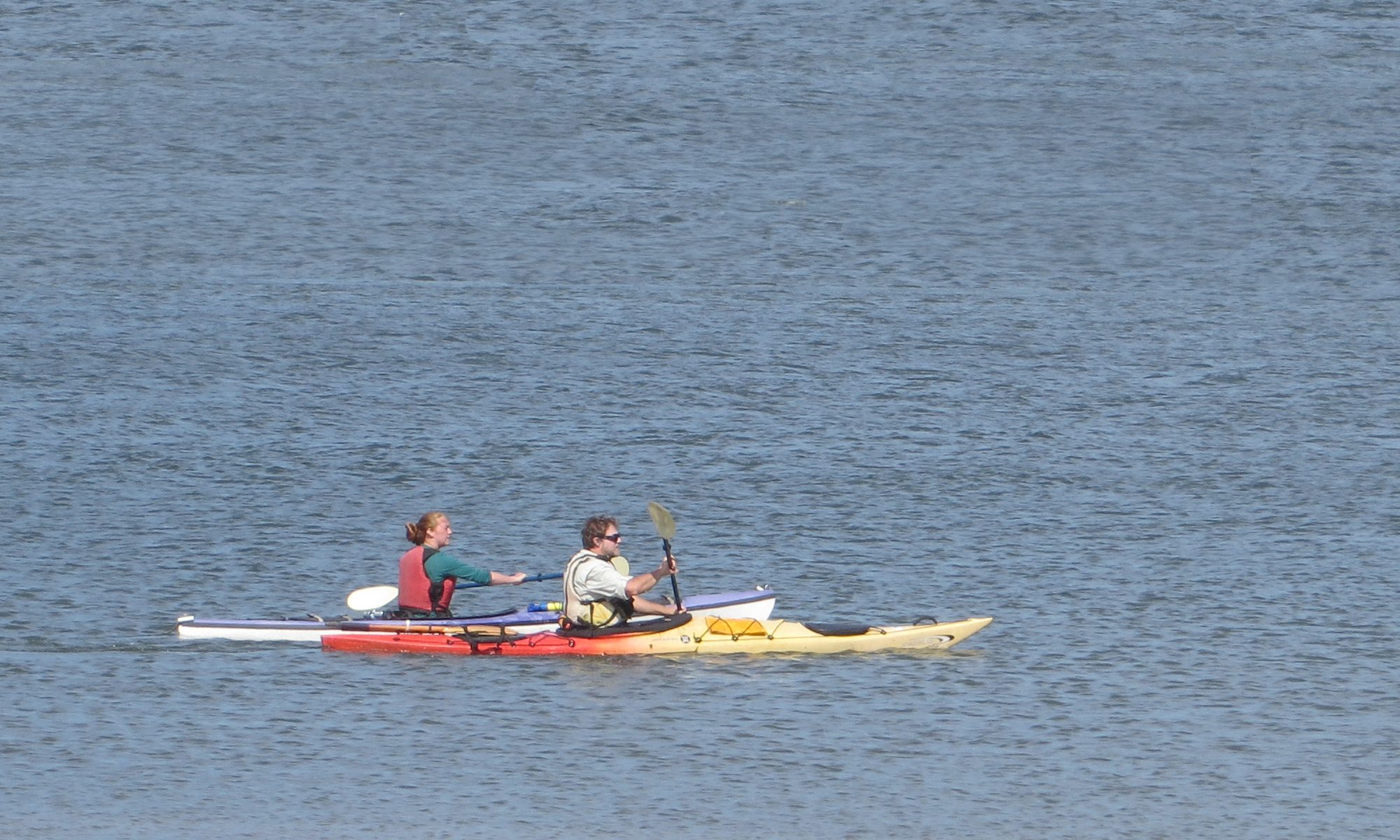In 1997 NASA began a continuous “view” of Earth, the entire earth.
The amazing animation from NASA (below) shows, in a few minutes, the last twenty years of Earth’s plant life. The ebb and flow of the seasons, the breathing in and breathing out, and the changes from year to year.

White represents snow cover (a good indicator for following the winter season ![]() ) , brown to dark green on land represents low to large presence of vegetation (that light green on land is generally the growth spurt of new plants and the dying back of seasonal plants), and in the ocean purple to dark blue indicate low levels of phytoplankton with the brighter shades from green to yellow indicating high levels of phytoplankton.
) , brown to dark green on land represents low to large presence of vegetation (that light green on land is generally the growth spurt of new plants and the dying back of seasonal plants), and in the ocean purple to dark blue indicate low levels of phytoplankton with the brighter shades from green to yellow indicating high levels of phytoplankton.
In 1997 NASA launched SeaWIFS (the Sea viewing Wide Field-of-view Sensor), which has allowed scientists to record and study, more comprehensively, life on Earth to gather information across all of Earth.
Obviously! …the kind of information/data generated from this type of scientific technology can make a big difference in helping us to monitor and understand life on Earth (and potential life on other planets), climactic events, and longer term impacts.
For more information see NASA’s original article “The Changing Colors of our Living Planet”.

